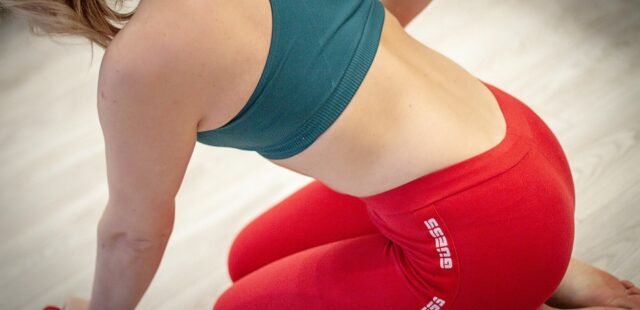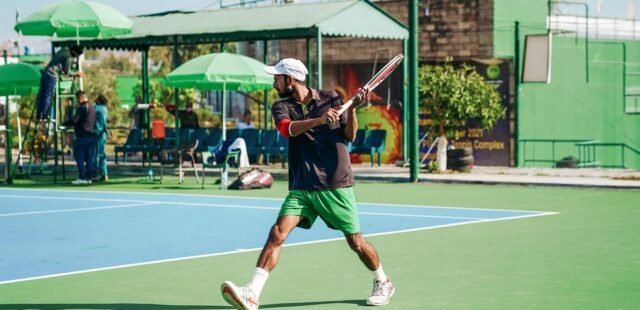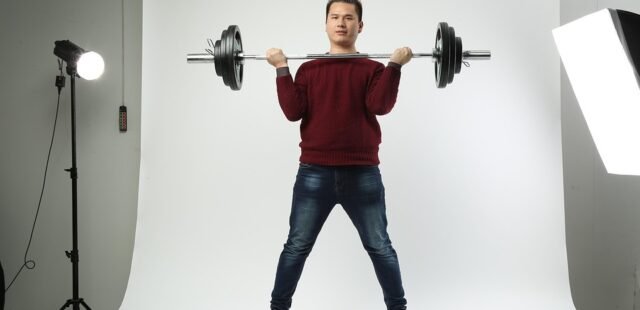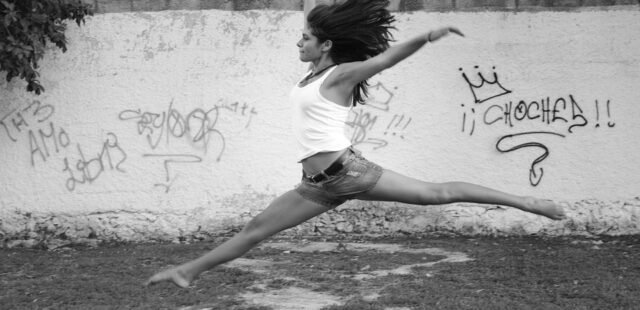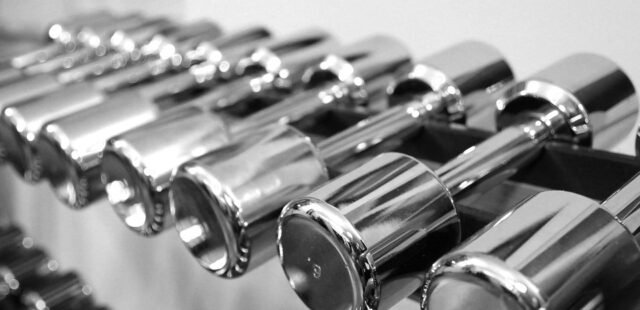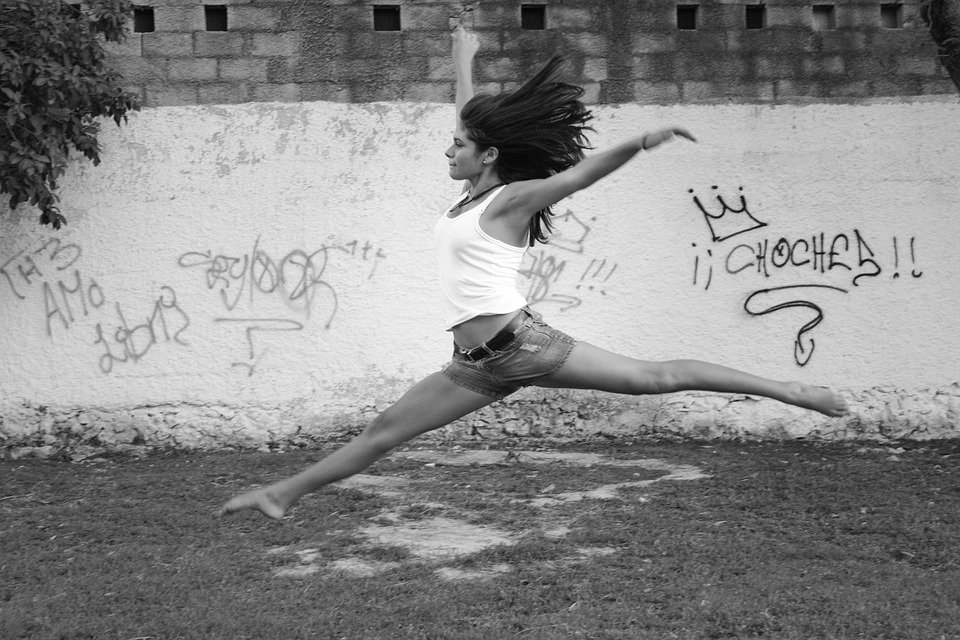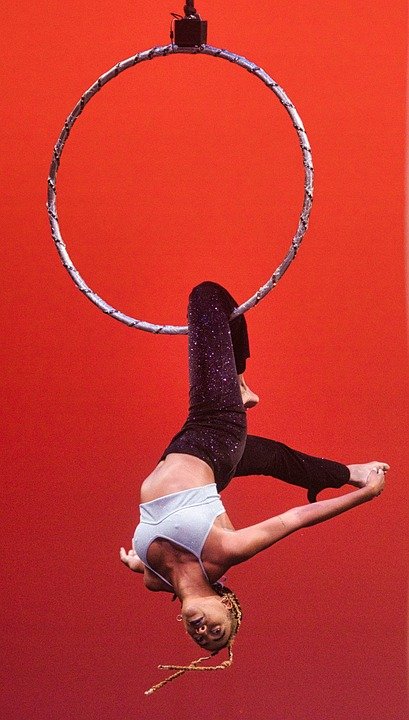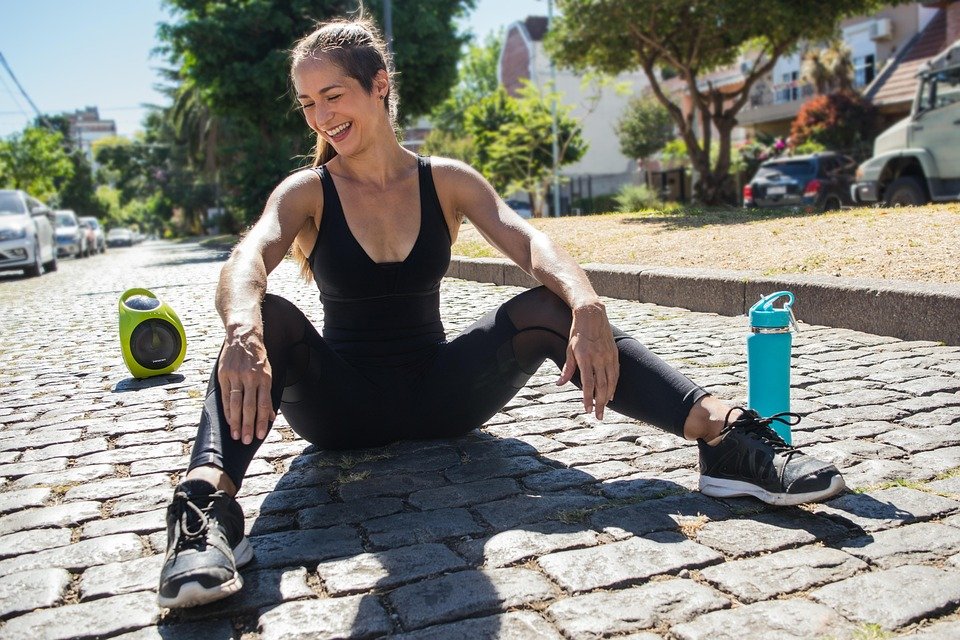If Anthony Ramos is going to take on a new endeavor, chances are he’s going to be successful at it. He’s already thrived in acting, as evidenced by his efforts as John Laurens and Philip Hamilton in the iconic stage play Hamilton, which he also took home a Grammy for. He’s also been prominent on the big screen in A Star is Born, Transformers: Rise of the Beasts, and Twisters.
Now he’s set to do something completely different: run the 2025 New York City Marathon. Ramos has played baseball and is usually active but has never been an avid runner. However, he woke up on his last birthday and made a snap decision.
“I was just ready to make some changes in my life and live a healthier lifestyle. I wanted to lock in a different way.”
Not one to do anything on a small scale, the NYC Marathon seemed like a perfect opportunity to do just that. He may not have had experience running long distances, but he’s adapted since he started.
“I wasn’t a runner, but I’ve grown to love it,” Ramos said. “I understand why people do it.”
Preparation is Key
The journey has not been an easy one for Ramos. He’s still been very active traveling, working, and helping his family start a new bar in his hometown of Brooklyn. In between the takes, flights, and establishing Milly’s, named after his mother, Ramos has been working with Olympic coach Des Linden to get the runs in and prepare for running the streets of the City that Never Sleeps.
“She’s been really encouraging. She’ll send me workouts every week and remind to get in speed work, or focus on this.”
Considering Ramos’ busy schedule and being a running rookie, he didn’t become a seasoned runner overnight, but thanks to learning from Linden and being as consistent as he can, he’s gotten better and more comfortable with longer distances.
“In the beginning, even three or four miles was hard. But as I stuck with it and stayed locked in, now even a half-marathon is light work.”
A key to that progress is making the most of opportunities to run whenever and wherever he can.
“I’ve had to run in Venice, not even knowing where I’m running, I’ve had to do ten miles in Toronto after a film festival. You just go.”
Ramos has also found that there is more to running than just the basic runner’s high. He has found it to be a time for meditation and mental clarity, which is one reason he won’t stop running after he races on Sunday, November 2, the weekend of his 34th birthday.
“Some of my best ideas come on these runs too. It’s crazy.”
Ramos also made sure he had the best gear to run with, including Brooks shoes. Ramos plans to run with their Glycerin Max shoes, but they have several options for runners of all levels. Ramos also suggests snack gels and making sure you’re following a sound nutrition plan if running is in your future.
“You gotta have electrolytes, lots of water, and carbs. I will be carbing up over the final couple of days before the marathon to be ready.”
Having an app like Strava to help you track your runs can help you gauge your progress. Ramos just advised not to get overwhelmed comparing your times with others.
“I will see Des’s times on there like six or seven-minute miles, and I said ‘I gotta stop looking at this,’” he joked.
Last, but certainly not least, is recovery. Staying off his feet when he can is crucial, and quality sleep is non-negotiable. He’s also been using any options that are available to him as well.
“I got a Thai massage recently as well. You don’t have to do that, but it also doesn’t hurt.”

Running For More Than Himself
Running may be an individual endeavor, but having people working with you or running with you definitely can make you accountable and push you further than you may go on your own. Ramos has more people in his corner beyond Linden. He will have his brother as well a former teacher running alongside him as well as others. They will also be raising money for his scholarship, making this a passion that others can benefit from.
“I’ve got a scholarship through an organization called Scholarship Plus. There’s been a lot of amazing opportunities that have come through this.”
Ramos already has his sights set on future events as well, such as a half-marathon in Puerto Rico that he intends to enter after the NYC Marathon. He will also be busy professionally as well with promotion of his next film, A House of Dynamite. As for the near future, he only has two items on his to-do list once he crosses the finish line this Sunday.
“I’m gonna hug my mama to thank her for giving me legs to run with, then go take a nap.” You can follow Ramos on Instagram.
This post is brought to you by: Source link
Anthony Ramos Is Ready To Run in NYC Marathon, 2025-10-31 12:28:00

